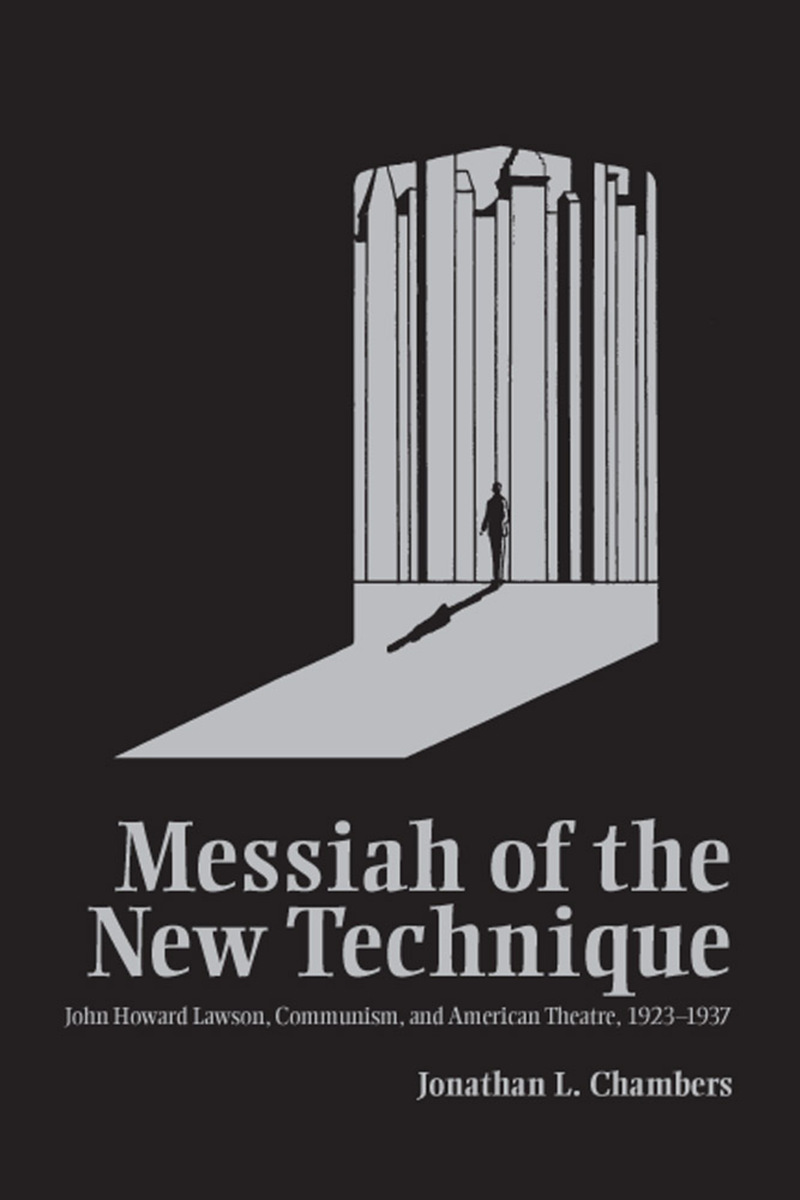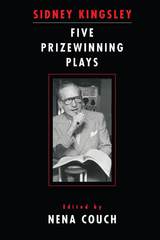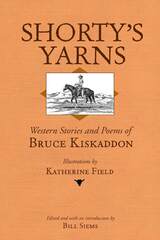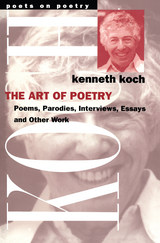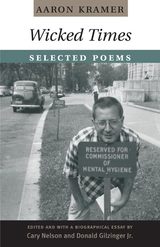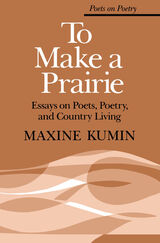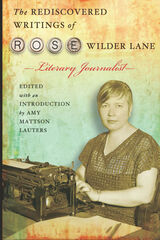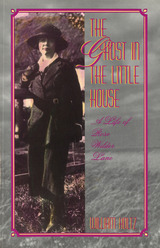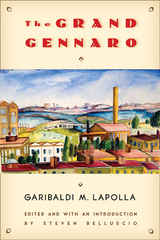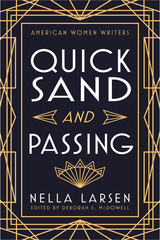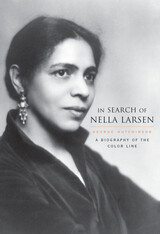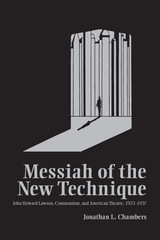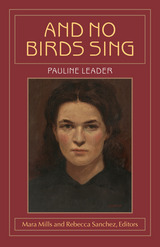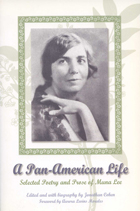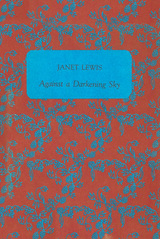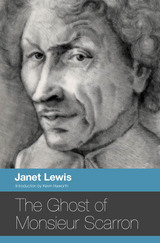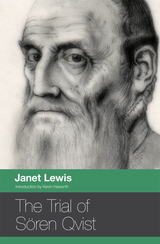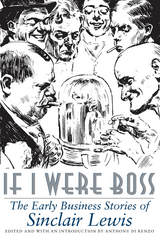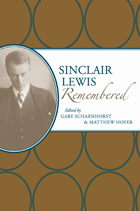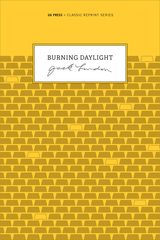Over the past five years the Southern Illinois University Press’s “Theater in the Americas”
series, edited by Robert A. Schanke, has produced an array of manuscripts that explore some of
the most provocative and largely overlooked practitioners, organizations, and movements of the
modern theater tradition in the United States. Titles have included works on Sophie Treadwell,
the little theater movement, and Mordecai Gorelick; with this new study of John Howard
Lawson, the SIU Press series continues not only to preserve, but also to enhance, its inimitable
voice in the study of both modernity and theater within U.S. national culture.
This recent addition to the SIU Press series deftly situates the marginalized, half-hidden work
of communist playwright John Howard Lawson within a broader community of socially-aware,
politically-engaged creative artists. It also offers an astute look at the trials and tribulations of
the literary and artistic left in the years between the First World War and the Second World
War. In doing so, Messiah of the New Technique encourages not only the “reconsideration of
Lawson’s career and the cultural and political left of the interwar years” but also the “larger cultural
matrix of that historical moment” (3). The potency of this much needed study is enriched
by Chambers’s meticulous examination of Lawson’s lived experiences, play scripts, letters, and
theoretical writings regarding 1920s and 1930s theater as “material manifestations chronicling
one man’s journey to define who he was and where he belonged in the world as he ventured
from ‘artist-rebel’ to ‘political revolutionary’” (204). From the start it is apparent that Chambers
is neither necessarily concerned with, nor particularly intrigued by, value judgments of Lawson’s
plays in production, choosing instead to concentrate his efforts on illustrating ways in which
Lawson “was both a product and producer of the social energy specific to this era” (204).
By way of introduction, Chambers takes great care to highlight the fact that a preponderance
of existing scholarship has all but dismissed Lawson as a key “player in the evolution of United
States drama” (4), with many publications offering nothing more than a “reductive view of
Lawson’s career in theatre” (5). This judgement, argues Chambers, warrants greater reflection
given that during the interwar years Lawson penned Roger Bloomer (1923), Processional (1925),
Success Story (1932), Marching Song (1937), among several other plays, as well as the innovative
fusion of his Marxist aesthetics and writing style, Theory and Technique of Playwriting (1936).
Chambers’s egalatarian approach provides a thoughtful, cogent inquiry into all of Lawson’s life
in theater. Having carved out both niche and need, Chambers sets about the task of delineating
his research frame, which is noticeably indebted to both neoMarxist criticism and the tenets of
New Historicism. This deployment of materialist historiography provides a “long-overdue new
reading of Lawson scripts for the theatre” as well as “a much needed study of the context that
enveloped him” (13).
Opening with Lawson’s early life as the son of practicing Christian Scientists, continuing
through his 1914 graduation from Williams College, and converging on the awakening of his
aesthetic sensibilities and political beliefs, Chambers recounts the beginnings of Lawson’s “intellectual
and spiritual upheaval that would continue and intensify through the middle years of
the 1930s” (21). This upheaval led Lawson both to make an early foray into commercial theater
and then out of it shortly thereafter when he enlisted in the French ambulance corps where
he became fast friends with John Dos Passos. For Chambers, the relationship with Dos Passos
and wartime service in France provided the seed for both Lawson’s commitment to revolutionary
politics and his certainty that theater is a “pulpit from which he could communicate radical
content” (22). Aesthetically and ideologically somewhere between Sheldon Cheney and Michael
Gold, Lawson’s scripts of the mid-1920s bore the mark of a broader, ongoing clash between these
differing attitudes and approaches to leftist art and politics. Chambers deftly traces Lawson’s
persistent yearning to break down the walls of the theatre (34) and beat the drums of rebellion
(82) and he also investigates changes in the U.S. leftist community that complicated such
desires from the outset.
It is, as Chambers proposes, the dynamic interplay between Lawson’s ever-evolving mode
of thought, the varied sociopolitical and cultural events in the United States (for example, the
execution of Sacco and Vanzetti in 1927), and his method of artistic expression that eventually
presented Lawson with a thorny path to commitment at the dawn of the 1930s (119). With the
first years of the decade being what they were in the United States, Lawson “slowly began to
awaken to the view that Communism was ‘an American force, which had moral and intellectual
implications that could not be ignored’” (153). Aiding this shift was Lawson’s role in organizing
the Screen Writers Guild, his successful 1934 return to New York theater, and the subsequent
three-year period in which his ideas regarding art and politics were confronted and shaped
anew by an emergent and passionate social energy (195). It is this very energy, however, that
ultimately carried Lawson back to Hollywood for good in 1937 where he soon emerged as the
leader of several radical and revolutionary organizations including a local chapter of the Communist
Party. Since Messiah of the New Technique is most concerned with Lawson’s life in the
theater, its closing pages only briefly address his political activism during the 1940s and 1950s,
the HUAC hearings, the “Hollywood Ten,” and incarceration.
Messiah of the New Technique is a refreshing addition to the study of the modern theater
tradition in the United States as well as the cultural and political left of the interwar years. The
primary strength of this manuscript is Chambers’s dedication to crafting a narrative that resists a
“hermeneutical, linear, and strictly formalist method of analysis” (12). As such, his prose captures
a sense of social energy and inner turmoil that most critical and political biographies and social
and intellectual histories do not. In doing so, Chambers challenges all of us who research and
write about the intertextuality of modernity and U.S. national culture not only to re-examine
our received narratives but also to interrogate our chosen methodologies.
